Myosmine
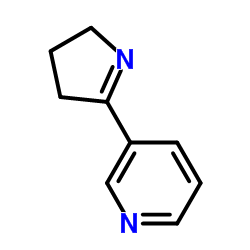
Myosmine structure
|
Common Name | Myosmine | ||
|---|---|---|---|---|
| CAS Number | 532-12-7 | Molecular Weight | 146.189 | |
| Density | 1.1±0.1 g/cm3 | Boiling Point | 244.7±22.0 °C at 760 mmHg | |
| Molecular Formula | C9H10N2 | Melting Point | 42-44°C | |
| MSDS | Chinese USA | Flash Point | 101.8±22.3 °C | |
| Symbol |

GHS07 |
Signal Word | Warning | |
Use of MyosmineMyosmine, a specific tobacco alkaloid in nuts and nut products, has low affinity for a4b2 nicotinic acetylcholinergic receptors (nAChR) with a Ki of 3300 nM[1][2]. |
| Name | 3-(3,4-dihydro-2H-pyrrol-5-yl)pyridine |
|---|---|
| Synonym | More Synonyms |
| Description | Myosmine, a specific tobacco alkaloid in nuts and nut products, has low affinity for a4b2 nicotinic acetylcholinergic receptors (nAChR) with a Ki of 3300 nM[1][2]. |
|---|---|
| Related Catalog | |
| Target |
Ki: 3300 nM (a4b2 nAChR) and >10 µM (AT1)[1] |
| In Vitro | Myosmine is easily nitrosated, yielding 4-hydroxy-1-(3-pyridyl)-1-butanone (HPB) and the esophageal tobacco carcinogen N'-nitrosonornicotine[2]. |
| In Vivo | Myosmine (0.001, 0.005, 0.5, and 50 micromol/kg; oral; in Wistar rats) causes a higher percentage of the radioactivity excreted in urine (86.2% and 88.9%) at the two lower doses (0.001 and 0.005 micromol/kg),as compared with the higher doses (0.5 and 50 micromol/kg), where only 77.8% and 75.4% of the dose is found in urine[2]. |
| References |
| Density | 1.1±0.1 g/cm3 |
|---|---|
| Boiling Point | 244.7±22.0 °C at 760 mmHg |
| Melting Point | 42-44°C |
| Molecular Formula | C9H10N2 |
| Molecular Weight | 146.189 |
| Flash Point | 101.8±22.3 °C |
| Exact Mass | 146.084396 |
| PSA | 25.25000 |
| LogP | -0.63 |
| Vapour Pressure | 0.0±0.5 mmHg at 25°C |
| Index of Refraction | 1.611 |
| Storage condition | 2-8°C |
| Stability | Moisture, Temperature Sensitive |
CHEMICAL IDENTIFICATION
HEALTH HAZARD DATAACUTE TOXICITY DATA
|
| Symbol |

GHS07 |
|---|---|
| Signal Word | Warning |
| Hazard Statements | H302-H315-H319-H335 |
| Precautionary Statements | P261-P305 + P351 + P338 |
| Personal Protective Equipment | dust mask type N95 (US);Eyeshields;Gloves |
| Hazard Codes | Xn |
| Risk Phrases | R22 |
| Safety Phrases | S26-S36 |
| RIDADR | NONH for all modes of transport |
| WGK Germany | 3 |
| RTECS | UT7660000 |
| HS Code | 2933990090 |
| Precursor 8 | |
|---|---|
| DownStream 8 | |
| HS Code | 2933990090 |
|---|---|
| Summary | 2933990090. heterocyclic compounds with nitrogen hetero-atom(s) only. VAT:17.0%. Tax rebate rate:13.0%. . MFN tariff:6.5%. General tariff:20.0% |
|
A reversed-phase HPLC-UV method developed and validated for simultaneous quantification of six alkaloids from Nicotiana spp.
J. Chromatogr. B. Analyt. Technol. Biomed. Life Sci. 997 , 142-5, (2015) A reversed-phase HPLC-UV method was developed, optimized, and validated for the separation and quantitation of six target alkaloids from leaves of Nicotiana species (nicotine, nornicotine, anatabine, ... |
|
|
Effects of nicotine and minor tobacco alkaloids on intracranial-self-stimulation in rats.
Drug Alcohol Depend. 153 , 330-4, (2015) While nicotine is the primary addictive compound in tobacco, other tobacco constituents including minor alkaloids (e.g., nornicotine, anabasine) may also contribute to tobacco addiction by mimicking o... |
|
|
Low-dose nicotine self-administration is reduced in adult male rats naïve to high doses of nicotine: implications for nicotine product standards.
Exp. Clin. Psychopharmacol. 22(5) , 453-9, (2014) Product standards that greatly reduce the content of nicotine within cigarettes may result in improved public health. The study presented here used an animal model to investigate whether individuals w... |
| Prestwick_202 |
| 3-(4,5-dihydro-3H-pyrrol-2-yl)-pyridine |
| Pyridine, 3-(1-pyrrolin-2-yl)- |
| dehydronornicotine |
| 3-(3,4-Dihydro-2H-pyrrol-5-yl)pyridine |
| Pyridine, 3-(3,4-dihydro-2H-pyrrol-5-yl)- |
| MFCD00052019 |
| 3-(1-Pyrrolin-2-yl)pyridine |
| Myosmine |
| Pyridine,3-(3,4-dihydro-2H-pyrrol-5-yl) |
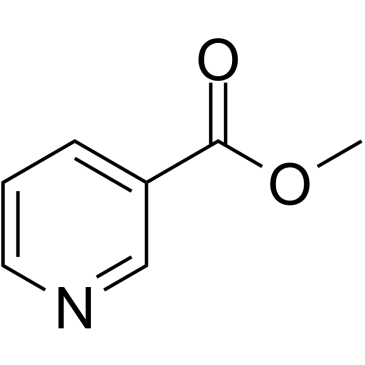 CAS#:93-60-7
CAS#:93-60-7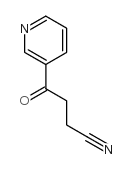 CAS#:36740-10-0
CAS#:36740-10-0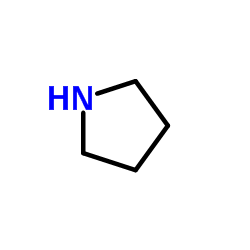 CAS#:123-75-1
CAS#:123-75-1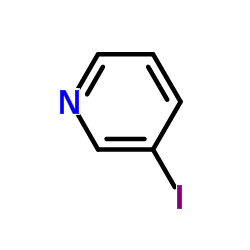 CAS#:1120-90-7
CAS#:1120-90-7 CAS#:22083-74-5
CAS#:22083-74-5 CAS#:88-12-0
CAS#:88-12-0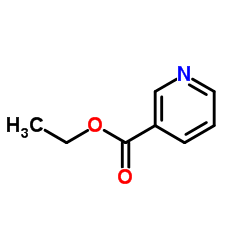 CAS#:614-18-6
CAS#:614-18-6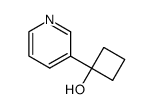 CAS#:87549-96-0
CAS#:87549-96-0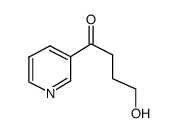 CAS#:59578-62-0
CAS#:59578-62-0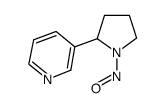 CAS#:80508-23-2
CAS#:80508-23-2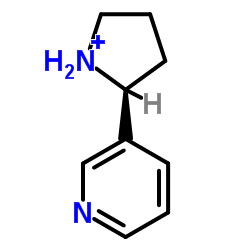 CAS#:5746-86-1
CAS#:5746-86-1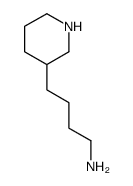 CAS#:1772-29-8
CAS#:1772-29-8 CAS#:54-11-5
CAS#:54-11-5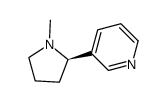 CAS#:25162-00-9
CAS#:25162-00-9 CAS#:6021-23-4
CAS#:6021-23-4
